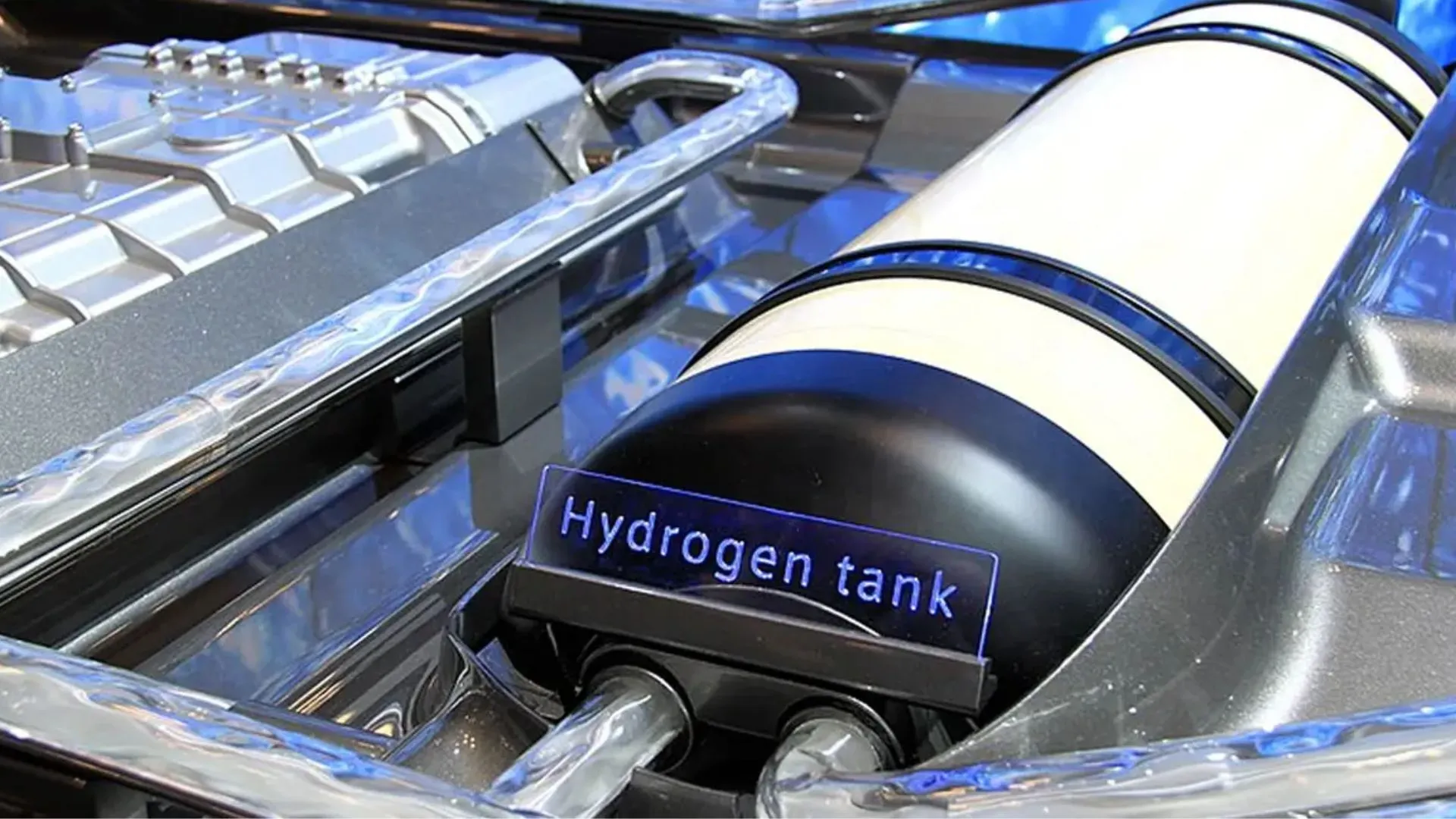
Researchers in China have developed a solar-powered system that can produce green hydrogen directly from moisture in the air.
Led by Prof. YIN Huajie at the Hefei Institute of Physical Science of the Chinese Academy of Sciences, the team created a self-sustaining system that does not require external water or energy.
Hydrogen is considered one of the most important clean fuels for the future. It has the potential to power industries, vehicles, and energy systems with minimal carbon emissions. However, producing hydrogen in a sustainable way remains a major challenge.
Most current methods for producing green hydrogen depend on high-purity water. This requirement makes it difficult to implement hydrogen production in areas where water is scarce.
The new system developed by the researchers addresses this problem in a novel way. Instead of relying on external water sources, it captures moisture directly from the air. By harvesting water from the atmosphere, the system makes it possible to produce hydrogen even in dry environments. This approach opens the door to sustainable hydrogen production in regions that previously could not support it.
Combining water harvesting and electrolysis
The new approach combines two technologies: atmospheric water harvesting and proton exchange membrane electrolysis (PEMWE). PEMWE is one of the main methods for producing green hydrogen because it is highly efficient and produces pure hydrogen.
However, it usually needs large amounts of purified water.
To overcome this limitation, the researchers used atmospheric water harvesting (AWH) to capture moisture from the air. The system uses a specially designed hierarchically porous carbon material that absorbs water efficiently.
Solar heat then evaporates the collected water, which is fed directly into a custom-built electrolyzer to produce hydrogen. The porous carbon is made using template synthesis and calcination and then treated to improve its ability to attract water.
High performance even in dry conditions
The system showed impressive results in lab tests. Even in low humidity conditions as low as 20%, it maintained stable water collection and evaporation. When humidity was at 40%, the system achieved a hydrogen production rate of nearly 300 milliliters per hour.
It also demonstrated excellent cycle stability, meaning it can operate reliably over long periods without degradation.
Field tests confirmed that the system can continuously generate green hydrogen using only solar energy. There is no need for any external power source, and the process produces zero carbon emissions. This makes it an entirely clean and sustainable method for hydrogen production.
A pathway for water-scarce regions
The researchers say this work opens new opportunities for producing green hydrogen in areas where water is scarce. By using only sunlight and air moisture, the system could provide a reliable and environmentally friendly fuel source for remote or arid regions.
The project was supported by the National Natural Science Foundation of China and the Collaborative Innovation Program of Hefei Science Center.
The team hopes that their design can inspire new ways to expand hydrogen production worldwide while reducing reliance on water and electricity.
Their findings were published in the journal Advanced Materials.



